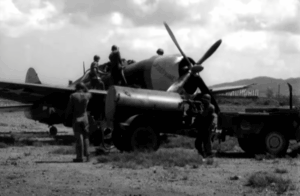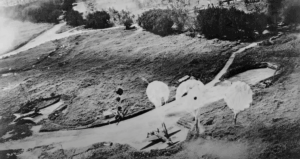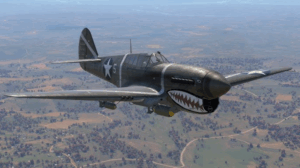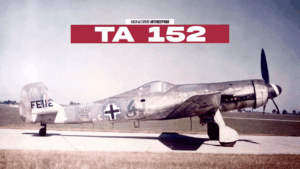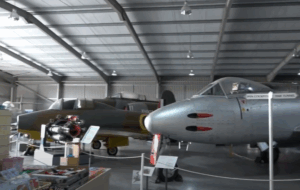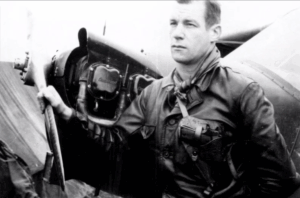Why This Bomber Accidentally Ejected Its Pilot

YouTube / Paper Skies
A Disastrous Start
The Sukhoi Su-24 was produced by copying Western technologies. Issues such as unreliable engines, aircraft design complexities, and piloting difficulties ultimately led to a high number of disasters.

During the testing phase alone, 14 jets were lost leading to the death of 13 test pilots and navigators.
Despite these losses, development pushed through, and in 1975, the Su-24 was accepted into service.

When the plane finally entered service, accident rates averaged 5-6 crashes yearly, making it the highest accident rate in the history of the Soviet and later on Russian Air Forces.
On the Positive Side
The K-36 ejection seat was one of the positive aspects of the Su-24, making it the first Soviet plane to be equipped with this new ejection seat.

Back then, ejection seats had significant limitations on the plane’s altitude and speed for ejection to work, but ejections still led to pilots suffering severe spine damage.
However, the K-36 allowed ejection at zero altitude and a minimum speed of 70 km/hr.
Catapulted Out
On May 14, 1975, the Su-24 crew of Pilot Sergei Kolodyazhny and Navigator Vladimir Osmanov went on with their usual pre-flight prep when the cockpit suddenly filled with smoke and flames.

Navigator Osmanov swiftly flew out of the plane in his ejection seat.
So what happened? In the jet, both the pilot and navigator had their own flight control stick.
Osmanov hadn’t paid that much attention to the control stick, so it got caught in the ejection handles. When the the first engine started, pressure built up on the plane’s hydraulic system, moving the stabilizers into the Neutral position.

The control stick followed the movement of the stabilizer and went forward in a neutral position while pulling the ejection handles on the navigator’s seat. As a result, the rescue system was activated, causing the navigator to be catapulted out of the cockpit.
The seat proved to work well even from a stationary plane and Osmanov didn’t’t hurt at all. The only damage was to a neighboring jet, where the navigator’s seat fell off.














